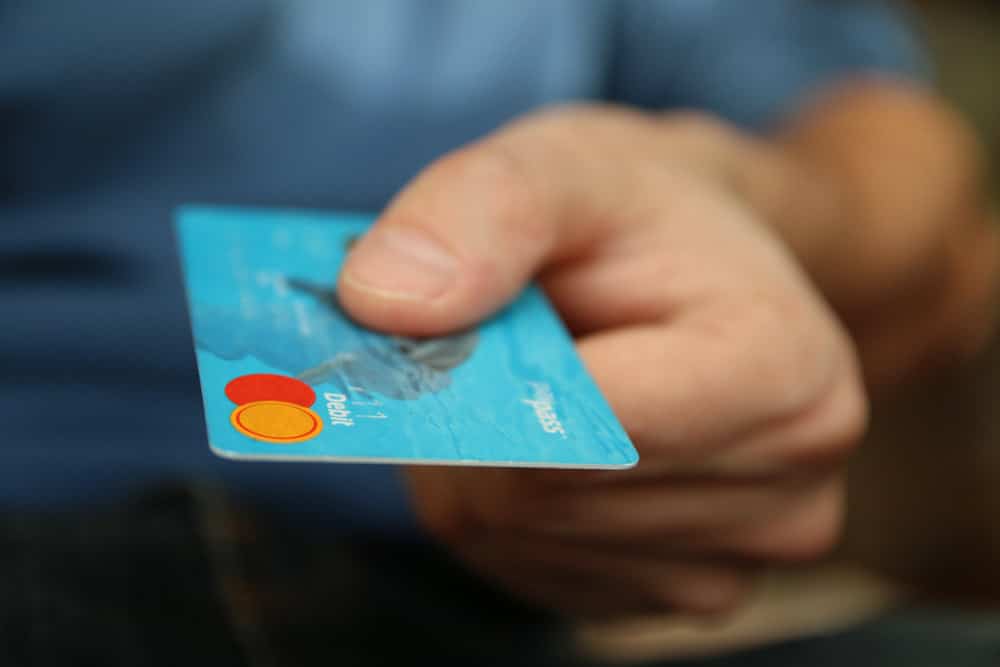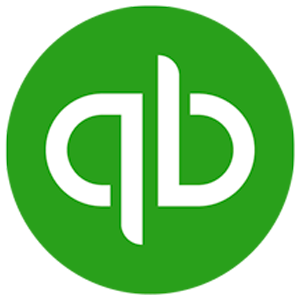They say that “cash is king” when it comes to transactions. But in many lines of business, customers often prefer to pay with plastic. We get it; credit cards are easier to carry around. If you run a brick-and-mortar business, credit card purchases often speed up transactions, but plastic also comes with some downsides. The biggest drawback is their high processing fees. What if there was a way to keep the convenience of credit card payments, without the drawbacks of those profit-eating fees? As it turns out, there is: ACH payments. ACH payments bear some similarities to credit card payments, but there are some key differences between the two.
What are ACH Payments?
ACH stands for Automated Clearing House. The ACH network is a network that directly transfers funds from one bank account to another, such as from a client’s checking account to the merchant account owned by a business. There is no middleman in an ACH transaction — no VISA, no Mastercard, no Amex, and no Discover, just operators who move funds from bank to bank in several batches throughout the day.

The whole affair is overseen by the National Automated Clearing House Association (NACHA), which is not a government organization but a non-profit entity. NACHA regulates the network and makes sure all transactions are legal, fair, and indicative of an honest business.
The Differences Between ACH and Credit Cards? (ACH vs Credit Cards)
You may be wondering: what are the practical differences between an ACH payment and a credit card payment? In analyzing the differences between ACH vs credit card payments, there are three main areas for business owners to consider: processing times, fees, and payment guarantee.

Processing Times
Credit card payments can process relatively quickly, sometimes appearing in your account between 1-2 business days. By contrast, ACH payments can take longer, sometimes up to 5 days.

Fees
There is a price to pay for this faster processing time — credit card payments are hit with a variety of fees before you know it. Your bank, the customer’s bank, the bank issuing the credit card, and the credit card company all take a portion. By the time the payment hits your merchant account, you could be looking at 2-4% of the payment taken in processing fees. It may not seem like much per transaction but it adds up and, of course, on larger transactions, the fee is a more sizable loss (consider $40 for a $1000 transaction). ACH processing fees are usually much lower than credit card fees because the fees are often flat and nominal — usually just a few nickels or dimes per transaction (even for large transactions).

Payment Guarantee
Payment guarantee is another factor to analyze between ACH payments and credit cards, both have their pros and cons here. If a credit card payment does post, the funds are guaranteed. However, card numbers can change, the card itself can become lost or stolen and the account could be maxed out—all of which can interrupt recurring payments. ACH payments transfer money using bank account numbers. As long as the account is open, the account and routing numbers will not change, which means no interrupted payments. If there are not sufficient funds (NSF) in the account, the payment won’t go through, and the same is true if the account is closed.
What Is a Credit Card Payment?
In comparing ACH payments and credit card transactions, it’s helpful to know how credit card payments are processed. To keep it simple, a customer pays for goods or services with a credit card, either by swiping the card, inserting a chip, tapping it at a contactless terminal, or providing the card numbers (such as with an online purchase).
The details of the transaction are sent to the acquiring bank (the merchant’s bank), which forwards those details to the credit card network (such as Visa and Mastercard). The credit card network clears the payment and then seeks authorization from the issuing bank (the customer’s bank).
What follows next is an authentication phase, where the issuing bank analyzes details like the CVV code and the transaction is vetted as legitimate. An amount corresponding to the purchase amount is held against the balance of the customer.
The final phase is called clearing and settlement, and as you might guess, it involves all parties settling the transaction for good (unless, of course, the customer contests the payment or wants a refund).
Fees Associate With Credit Cards
Credit card transactions are overseen by the Federal Trade Commission (FTC) but are offered by private companies. Credit card companies, banks, and payment processors are all involved and all take percentage fees for transaction processing. Visa and Mastercard take their own fees. The issuing banks have interchange fees. The company providing the point-of-sale terminal has its own fees. If the customer’s credit card is issued by a different bank than the connected bank account is located, more fees. Though plastic is very convenient and posted payments are guaranteed, the fees can eat away at your profit margin.
When and Why Should I Accept ACH Payments Over Credit Cards?

If payments from customers are large (hundreds or thousands of dollars) ACH payments provide high savings opportunities over the percentage fees of credit cards. If you charge recurring payments or allow customers to pay in installments ACH offers great automated, business-initiated payment options.
Rent or condo fees, membership fees, tuition payments, subscription services, medical and healthcare expenses, utilities, ongoing business-to-business transactions — all of these are examples of payments that should use ACH.
Most businesses that use the ACH network don’t mind the longer processing time because of the amount of savings per transaction.
When and Why Should I Accept Credit Card Payments Over ACH Payments?
ACH payments are not convenient for storefront settings because, generally, shoppers don’t know their bank account numbers off the top of their head. If you run a business with checkout lineups (like a food venue or retail outlet) processing plastic is clearly the way to go for quick, seamless customer experiences. Credit cards are fast to process, quick for customers to access, and they’re here to stay — especially as they transition from actual plastic to being stored digitally on smartphones.
Conclusion
So which option is best for you and your business? Chances are if you’re reading this article, you’ve already been thinking about ACH payments. Perhaps you weren’t exactly sure how they worked, how they differed from credit cards, or how they would be better for your business. While ACH and credit card payments have some similarities (such as being conducted over a backend network), credit cards process faster but come with high percentage fees on every transaction.
The good news is that today there are third-party payment processors (TPPPs) who make ACH payments very easy to accept for small businesses. A TPPP like Rotessa will manage all the backend work within the ACH network, plus it’s free to start using their authorization tool to collect payments. Set up a meeting with a Rotessa account rep to learn more about how ACH payments might be a better solution than credit cards for your business.
Share this content with a friend:
A better way to get paid
Withdraw money directly from your customer’s bank account when their payments are due. Schedule one-time or recurring payments to get paid on time.

